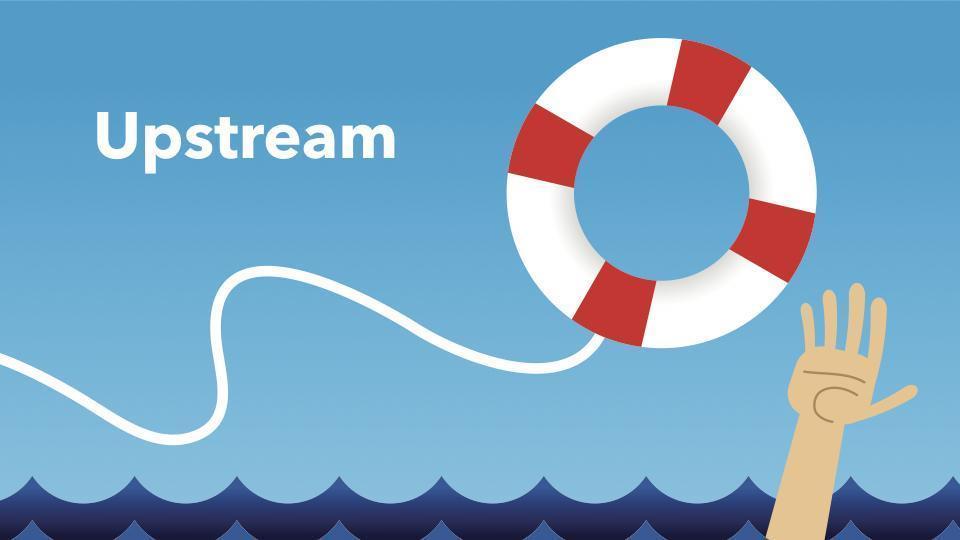Upstream
By: Dan Heath

Introduction:
Imagine that you are having a picnic at the side of the river with your friends.
Suddenly you hear a child shouting because they are drowning in the river. You and one of your friends leap up, courageously dive in the river, and rescue the child.
As soon as you get the child safely on land, you hear the same thing again. So, you both jump back into the river and save that child as well.
And as soon as you get that child to safety, you guessed it, you hear another one. And then another. And another.
Finally, your friend wades out of the water, leaving you to fend for yourself.
"Where are you going?" you ask. Your friend responds, "I'm going upstream to tackle the guy who's throwing all these kids in the water."
That is a public health parable originally attributed to Irving Zola, which perfectly describes the main point of this book.
That in order to solve the most important problems, you have to catch them upstream.
What Upstream Thinking Is
In 2012, Ryan O'Neill was the head of customer experience for Expedia, the travel website company. He had been looking at data from the call centre and couldn't believe what he was seeing: 58% of all customers who booked travel on Expedia ended up calling for help afterward.
Even more unbelievable was the number one reason customers called: to get a copy of their itinerary. In 2012 alone, 20 million people called for that very reason. Considering that every support call cost the company about $5, it represented a $100 million problem.
Most call centres would focus on call efficiency, trying to drive down the average cost of a support call. But the team at Expedia realized they needed to go upstream to make a dent in that $100 million problem.
They identified issues such as customers mistyping their email addresses, emails being sent to junk folders, or customers accidentally deleting them. Worse, there was no way for customers to retrieve their itinerary online.
So, the executive team at Expedia created a "war room" where they met daily with one simple mandate: save customers from needing to call.
Today, almost all of those calls have been eliminated. The number of customers who call for support has dropped from 58% to about 15%.
They went upstream and found the true causes of the customer calls and eliminated them.
Downstream actions react to problems after they happen. Upstream efforts try to prevent them from happening in the first place.
This all sounds very simple, so why is it so hard to do?
One reason is that we tend to favour reaction over prevention. It's easier to see, easier to measure, and yields tangible results immediately. Working on upstream problems is slower and less clear-cut, but when you find the solutions, they really, really work.
Three Barriers to Upstream Thinking
Before learning how to think like an upstream problem solver, we need to understand what stands in our way.
1. Problem Blindness
The belief that negative outcomes are natural or inevitable leads to "problem blindness." We tell ourselves, "That's just the way it is around here."
For example, in football, injuries were seen as inevitable. But when Marcus Elliott joined the New England Patriots, he refused to accept that hamstring injuries were unavoidable. By tailoring individual training plans, he reduced hamstring injuries from 22 down to 3 in a single season.
2. Lack of Ownership
When a problem has no owner, nobody solves it. Sometimes, different teams own small pieces of a problem but no one owns the full issue, as was the case at Expedia.
A great example of ownership is Interface, a carpet manufacturer that voluntarily committed to eliminating its negative impact on the planet. Within a year, they grew their sales from $800 million to $1 billion without increasing raw material consumption.
3. Tunneling
When overwhelmed by problems, we focus only on the most urgent ones—often at the expense of important, long-term solutions. We react instead of thinking proactively.
Seven Questions for Upstream Leaders
To think like an upstream leader, you must answer seven key questions:
- How will you unite the right people?
Upstream problems require coordinated efforts. Iceland’s teen substance abuse problem was reduced from 42% to 7% by bringing together politicians, sports leaders, and parents to change the culture surrounding teenagers. - How will you change the system?
Solving upstream problems means changing the system that creates them. Car accident fatalities dropped from 5 per 100 million miles in 1967 to 1 per 100 million miles today due to incremental safety improvements over decades. - Where can you find a point of leverage.
Getting closer to a problem often reveals unexpected leverage points. In Chicago, researchers discovered that many gun deaths were due to impulsive arguments rather than gang violence. The BAM (Becoming A Man) program used mentoring and cognitive behavioural therapy to reduce violent-crime arrests by 45%. - How will you get early warning of the problem.
Deploying "sensors" to detect problems before they escalate is key. The Safe2Say Something program trains students to recognise warning signs of school shootings, suicide attempts, and sexual assaults, preventing tragedies before they occur. - How will you know you’re succeeding?
Avoid "ghost victories"—situations where a program appears successful but fails its real mission. Be wary of misaligned metrics, external factors inflating results, or system gaming (e.g., underreporting crime to make numbers look better). - How will you avoid doing harm?
Unintended consequences can worsen a problem. India's government once offered a bounty on cobras, only to have people start farming them for profit. When the program ended, they released the cobras, making the problem worse.
One way to prevent harm is to conduct a pre-mortem, imagining that a solution has failed and listing the reasons why. - Who will pay for prevention? The "wrong pocket problem" arises when the organisation that bears the cost does not receive the benefit. Businesses solving their own problems (single-pocket) have an easier time investing in upstream solutions than governments or cross-sector efforts.
Conclusion
Short-term solutions rarely work long-term. Finding and solving upstream problems does. It’s not easy, but with the right mindset and strategies, you can create lasting solutions that prevent problems before they ever happen.
© Copyright 2025. Business Disruptors. All rights reserved.
